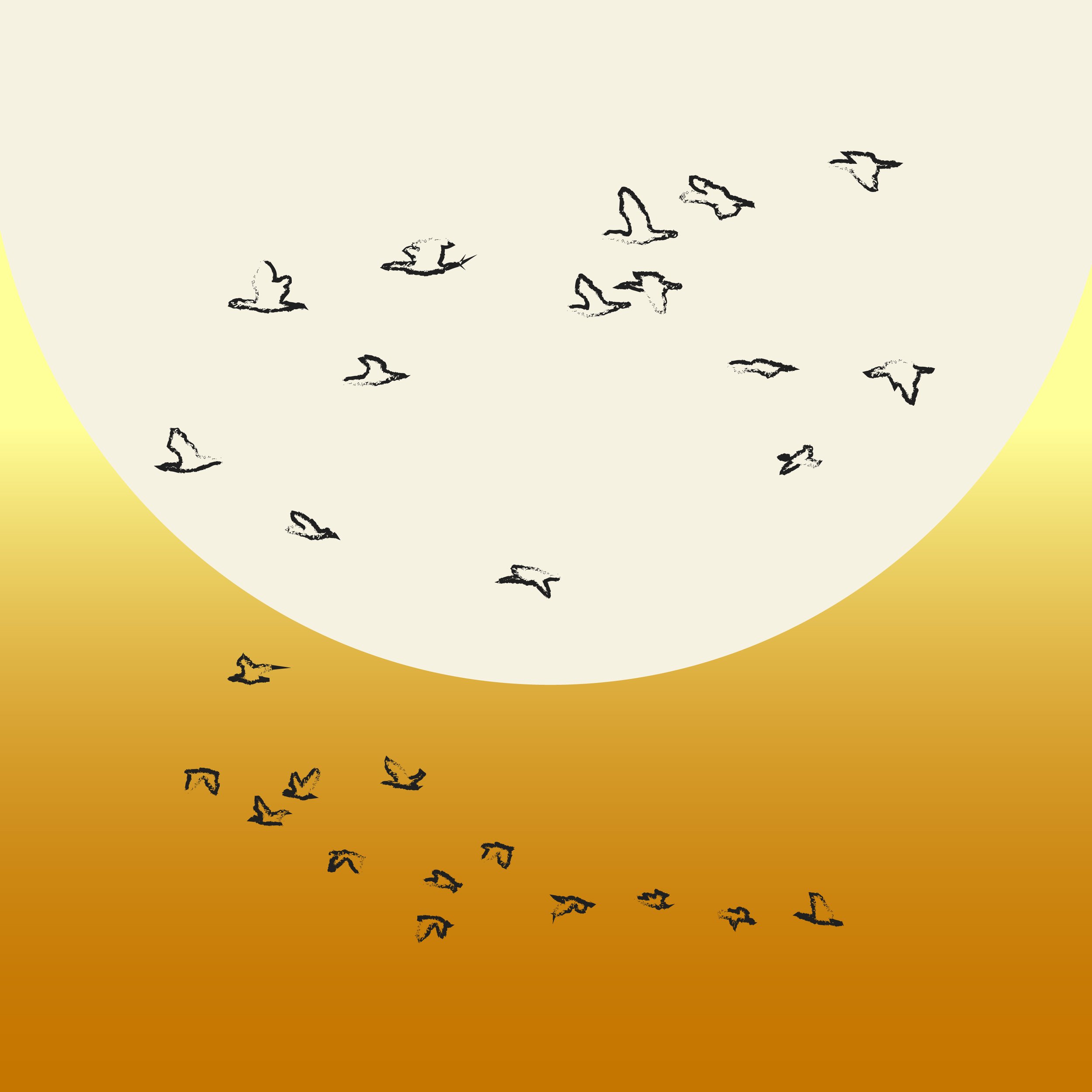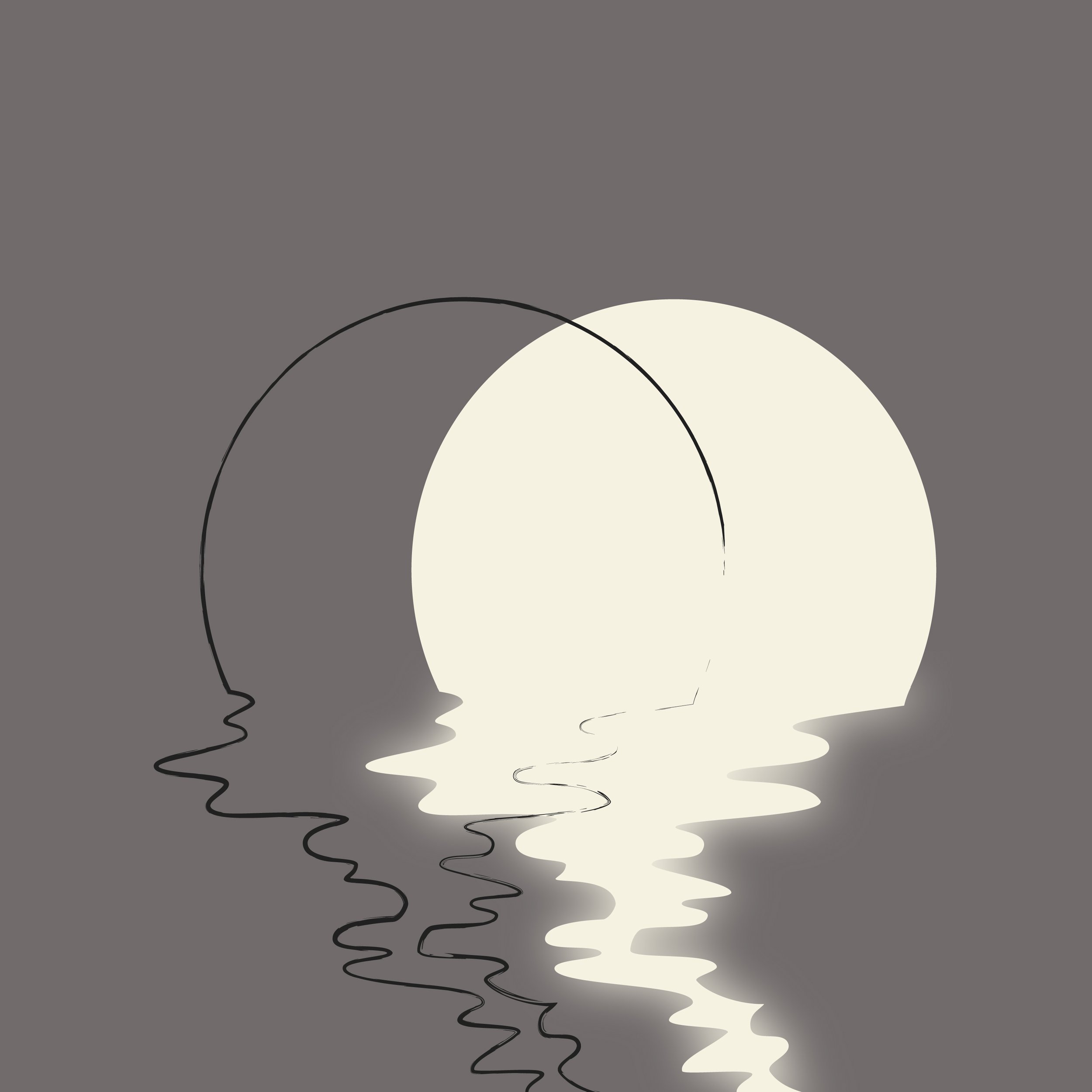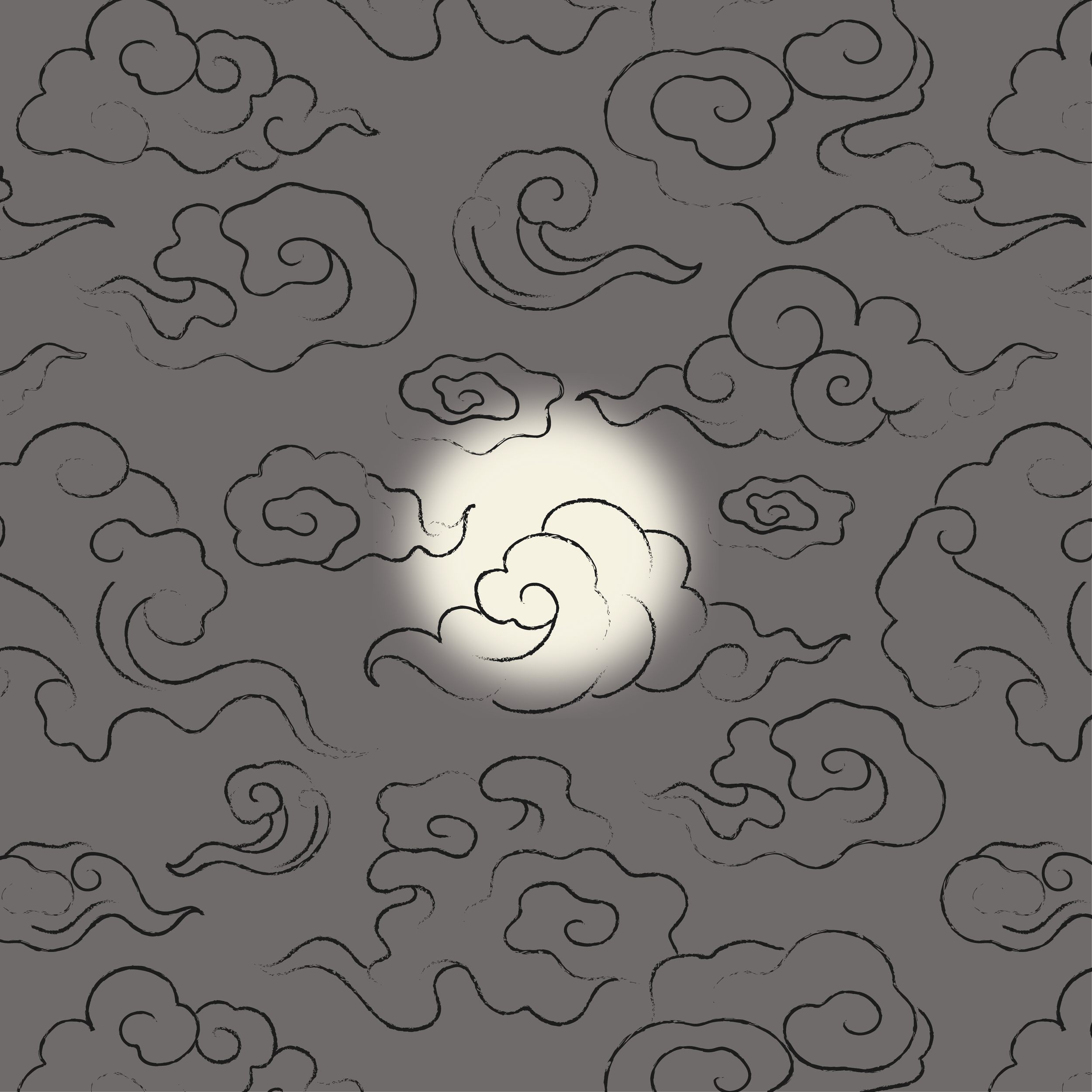How Many Poets Per Capita?
Poems from two threatened languages in Latvia.
DECEMBER 10, 2024
-
Latvia’s linguistic history is one of struggle. Until the 20th century, Latvian played second fiddle in public prominence and cultural esteem to German, the language of the aristocracy. During the nearly five decades of Soviet occupation that began during World War II, an influx of Russophone immigrants reduced Latvian-speakers to only a little over half of the population. But the country is also home to two other literary traditions, Latgalian and Livonian, both of which have faced an even more unforgiving fight for survival than Latvian.
Latgalian, also a Baltic language, is so close to “literary” Latvian that it’s often claimed to be merely a dialect (its current legal status is that of a “historical variant of the Latvian language”). The differences in vocabulary and grammar between the two largely stem from separate development from the late medieval period onward, when modern-day Latvia was divided between warring powers. In the northern and western regions, the local language continued to be deeply imprinted by German, while in the easternmost province, today known as Latgale, Polish played a more influential role.
On the declaration of Latvian independence in 1918, the Latgale region became the sole Catholic outpost in a largely Lutheran state, and by some distance the poorest (today it’s among the most deprived regions in the EU). The work of the mysterious Marija Dzeisla came to public attention several years ago via Latgalian-language poetry posted from a personal Facebook account. The poems, one of which is published here, vividly illuminate life in a largely rural, religious and conservative society that is now, much like anywhere else, entirely permeable by the internet and social media.
Dzeisla’s background and identity have never been confirmed (in Latgalian, “dzeisla” can mean either a blood vessel or an electric cable, appropriate for poetry that is alternately earthy and tech-saturated). As Latgalian author Ilze Sperga has pointed out, the publication of these poems on Facebook harks back to a tradition of covert and unattributed creativity in Latgale. When publication using the Latin alphabet was prohibited under imperial Russian rule in the 19th century — a ban that affected Latgalian — texts were copied out by hand and circulated surreptitiously.
Latgalian was discouraged after an authoritarian regime came to power in Riga in 1934, and later vanished from the media and public space under the Soviet occupation. For nationalist leaders and communist ideologues alike, the existence of “a second Latvian language” appeared to be unnecessarily messy and even threatening.
By contrast, the original language of the second poem published here, Livonian, shares no common origins with Latvian at all. Once spoken throughout much of Latvia, by the start of the 20th century, a string of tiny fishing villages on the tip of the Kurzeme peninsula in western Latvia were the only place where Livonian, a Finno-Ugric language, was still the main language of day-to-day life. Still, hundreds of years of close interaction means there are many Livonian-derived words in Latvian.
Following the forced absorption of Latvia into the USSR, the peninsula assumed huge strategic importance: It was now a border between ideologies, part of the Communist East but just a few hours’ sailing from Sweden. The army and border guard arrived in force, closely monitoring the area (in many areas the beach was raked every night so footsteps would show up clearly) and prohibiting fishing along much of the coast. Unable to continue their traditional way of life, the Livonian community increasingly left their homeland. The challenge of keeping up a language spoken only by a few thousand people while scattered across Latvia and the world proved too great — the last surviving native speaker of Livonian, Grizelda Kristiņa, died in 2013 in Canada.
But, improbably, by that point a revival of the language was already well underway — there are now a few dozen fluent speakers. Since three of them publish poetry in Livonian, its promoters light-heartedly claim that the language has the highest proportion of poets of any in the world.
While Livonian poetry covers a wide range of themes, a connection with the physical landscape of the coast is a near-constant. The Livonian poet Pētõr Damberg wrote of the patch of Livonian-speaking territory, “I could walk you if I wanted, from Kolka’s sand/To Lūžņa down the village line.” This joyful evocation of his diminutive homeland became, in the work of his daughter Baiba Damberg — born during the Soviet occupation and one of the three contemporary Livonian poets — “the barbed wire coast/ that forbidden zone.”
Kõrli Stalte, a late Livonian poet whose work I translated for this issue, was the author of the Livonian national anthem and the first ever collection of Livonian-language poetry, published in Tallinn in 1924. His poem “The Rich Seashore” presents the Livonian Coast as it once was — an idyllic scene that breaks down into the components of the nation’s green-white-blue flag (green for the forests that line the coast, white for the sand of the seashore, and blue for the Baltic Sea), though inevitably overshadowed by our knowledge of what is to come.
— Will Mawhood
Marija, what city do you live in
MARIJA DZEISLA (TR. JAYDE WILL)
Marija, what city do you live in
What shoe size do you wear
When you wade through the snow that fell last night
Does it smell a little like a just-mopped room
And a little like a field after a thunderstorm
Marija, who are you
What is your identity with those slanted Tatar Mongol eyes
Have you ever gone to Liepāja all the way just by hitchhiking
Have you ever written with white letters¹ as well
Or had too few planes fall in your garden²
And have you ever thought what it’s like to chop your thing off with a carving knife
What it’s like to turn into a wifey, give birth, what it’s like to fuck a little bitch
Have you ever chopped wood and tilled a garden
Marija, do you really know how to milk a cow and get a tractor to finally start up
And do you remember how in spring a rhubarb stem dunked in sugar tastes
Or, going by metro in a foreign city, you remember what it’s like to set the table
at home
To set a cross and two candles on it, while singing psalms for everything that has been and will never be again
And to find a handful of chestnuts, a key from a previous flat and a used facemask
in your pocket
Marija, do you like grilled meat skewers
Marija, what color is your headscarf
And what is your bra size
And do you love me at least a little
Marija, are you a woman
¹ A reference to Latgalian writer and poet Valentīns Lukaševičs’s collection “Bolti burti” (“White Letters”).
² A reference to Latgalian poet Vilis Dzērvinīks’s collection “Voi moz lidmašinu kreit” (“Are there Too Few Planes Falling”).
The Rich Seashore
KÕRLI STALTE (TR. WILL MAWHOOD)
Why do you tell me of gold,
And silver that lies in the ground.
Don’t delight in them in vain,
Come along with me to the coast.
Look, how the pines on the dunes
Are all gilded by the sun’s rays.
In the sunshine, you can see
The whole seashore lit up in gold.
The seagull’s wings of silver,
The long-tailed duck with velvet suit,
His clothes are just as costly
As the hurrying sandpiper’s.
Cast your eyes way over there, where
The sun is setting in the sea.
Where else in the whole wide world
Can you see such riches as here?
Here so much gold is shining
And flowing, gallon on gallon.
Through it all, silver sparkles
On the tips of the waves like snow.
Above, the purple cloud slides,
Below, the diamond wave glistens
Stretch out your hand towards it –
And all this will pour into you.
With hands clasped and wondering,
You can say only, all together,
“Treasures such as yours, seashore,
This world nowhere else has to show.”
✺ Published in “Issue 23: Deadlines” of The Dial
PHOTO: Coastal Dunes by Niceneiks (via Wikimedia)




